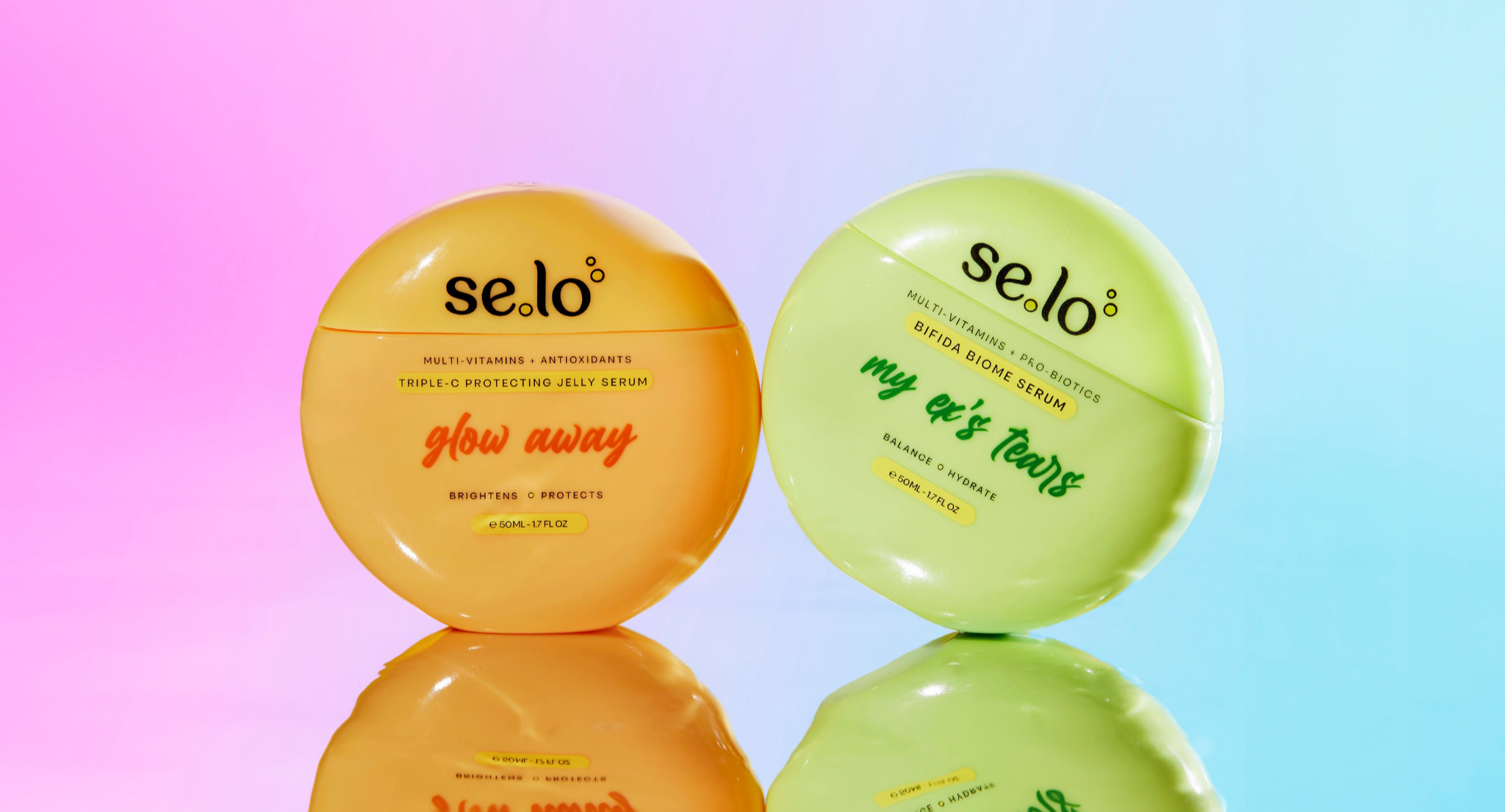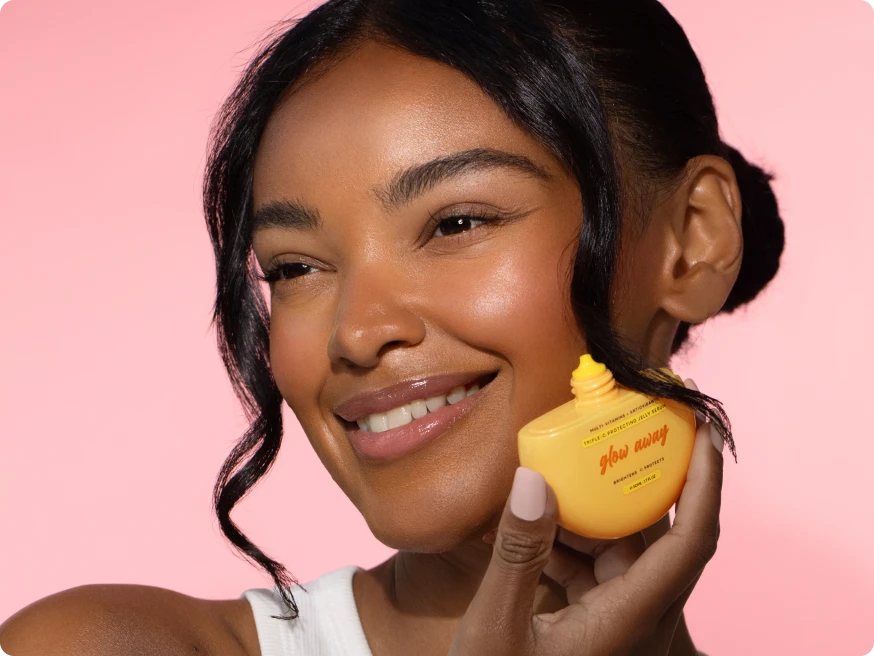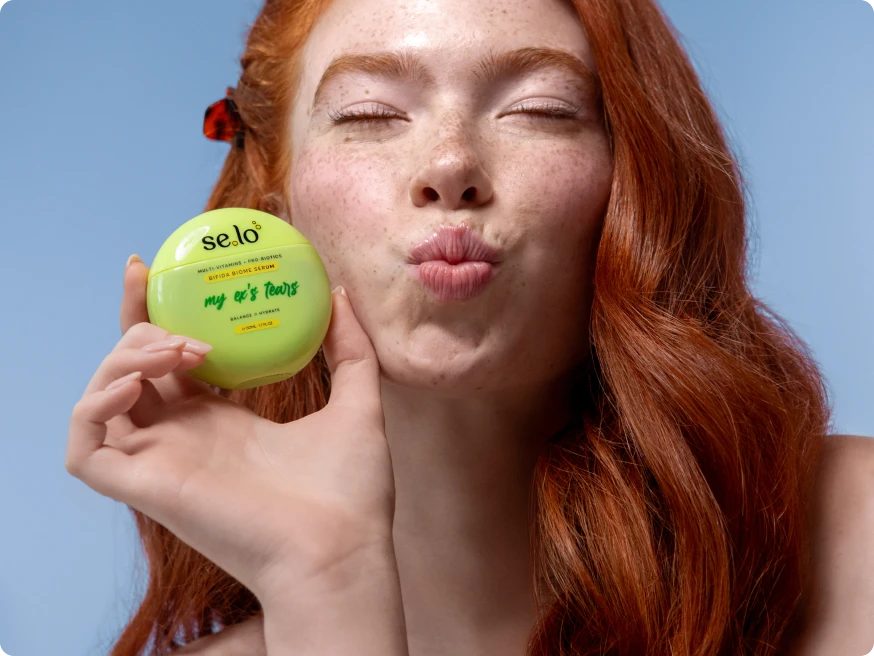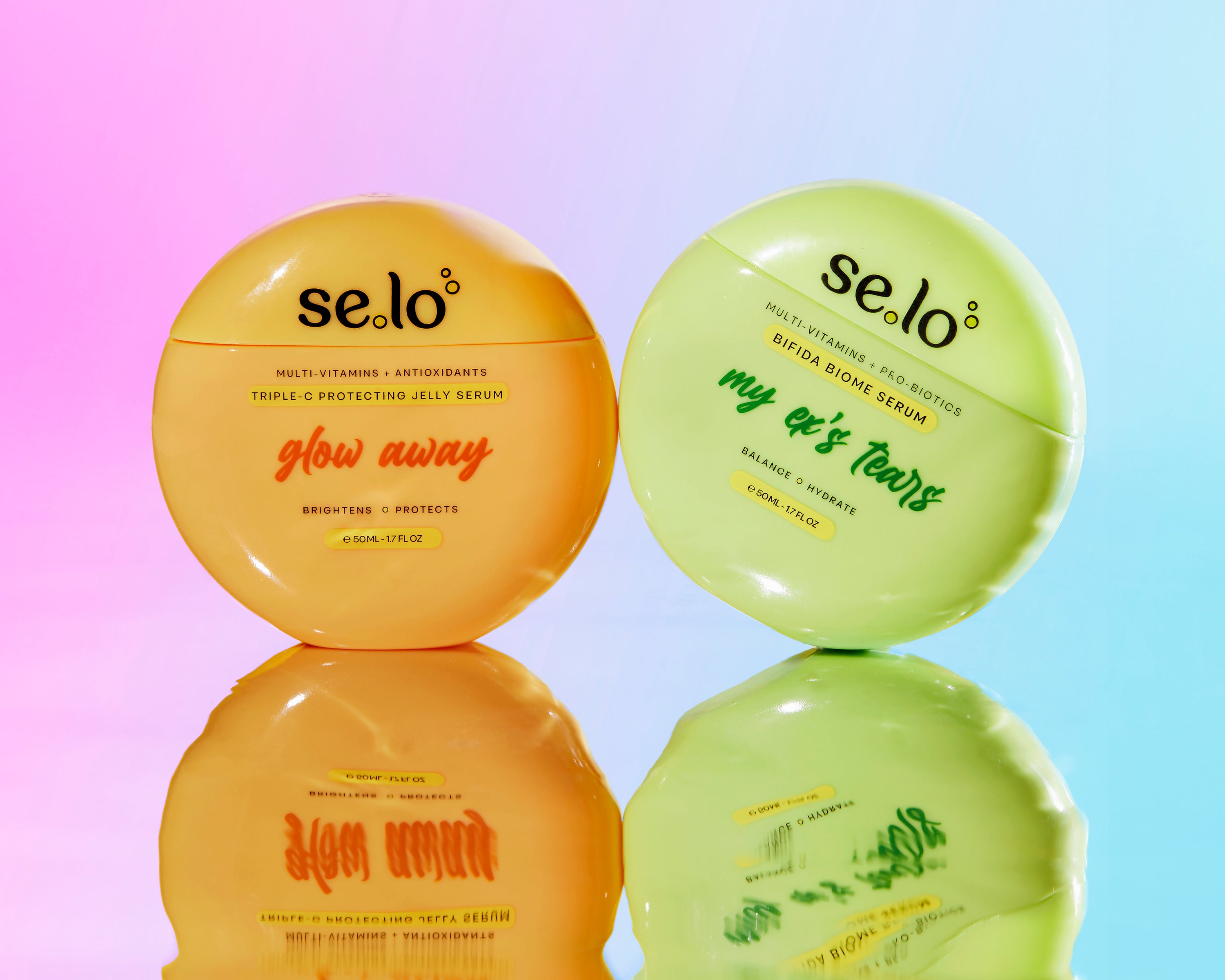What the Skin Microbiome Is—And Why Sensitive Skin Depends on It

Swipe through #SkinTok for thirty seconds and you’ll see “microbiome-friendly” splashed across every buzzy new bottle. But behind the trend is a legit, lab-verified fact: your skin is a crowded city of microbes whose happiness—or heartbreak—decides whether you glow or flare up. If your complexion flips from calm to crimson faster than a group chat, keep reading. This deep dive explains:
-
What the skin microbiome actually is (no fluff, just science)
-
Why sensitive skin breaks out, reddens, or stings when that ecosystem goes off-balance
-
How a single microbiome serum can be the lightweight, daily hero that reduces redness, fades hyperpigmentation, soothes irritation, and boosts hydration
-
Pro tips for choosing the best microbiome serum in the United States—plus lifestyle hacks that keep your microbial squad thriving
1. Meet the Invisible Squad on Your Face
Picture a futuristic co-living space: billions of residents, thousands of species, zero rent. That’s your skin microbiome—a densely populated layer of bacteria, fungi, viruses, mites, and their DNA hanging out on the stratum corneum. Dermatologists now call it the “fourth layer” of the skin barrier, sitting alongside the physical, chemical, and immune layers to keep hydration in and irritants out.
Key facts every Gen Z skincare nerd should know
| Fact | TL;DR |
|---|---|
| Population size | Roughly 1 trillion microorganisms live on the average adult’s skin. |
| Diversity hotspots | Oily zones (like your T-zone) house Cutibacterium; moist zones (armpits) favor Corynebacterium; dry zones (forearms) host a mix of Staphylococcus and Micrococcus. |
| Job description | Produce antimicrobial peptides, train immune cells, recycle sebum into moisture-loving fatty acids. |
| Fun subplot |
Your microbiome is as unique as a fingerprint; even identical twins share only ~35 % of the same species. |
When balanced, this “squad” works overtime to neutralize pollution particles, fend off pathogens, and lock in moisture. Sensitive skin is basically a toddler version of that squad—easily upset, quick to cry, and desperately in need of the right snacks.
2. Skin Barrier + Microbiome: BFFs for Life
Think of your barrier as a brick wall and your microbes as the gardeners keeping ivy roots strong. Crack the wall, and opportunistic bacteria dive through, triggering inflammation. A 2025 EAACI study confirms that barrier damage directly reshuffles microbial populations, amplifying redness, burning, and delayed healing.
How the cycle spirals
-
Trigger: Harsh cleansers, over-exfoliation, pollution, or UV light strip lipids.
-
Barrier leak: Water escapes; irritants enter.
-
Microbiome panic: Friendly species die off; bad actors (e.g., Staphylococcus aureus) take over.
-
Inflammatory fire: Cytokines surge, leading to flare-ups like eczema or rosacea.
Sensitive skin experiences this domino effect faster than resilient skin because its lipid “mortar” is naturally thinner, giving microbes fewer nutrients and less physical shelter.
3. Dysbiosis: When Good Bugs Go Bad
Dysbiosis (dis-bio-SIS) = the microbial equivalent of a messy breakup. Studies in The Journal of Clinical Investigation show clear links between dysbiosis and atopic dermatitis, psoriasis, and acne. Common clues:
-
Sudden redness or “burning” after your usual routine
-
Hyperpigmentation patches post-breakout
-
Flaky, tight sensations despite using moisturizer
-
Breakouts that feel “angry” rather than typical whiteheads
If any of these sound familiar, your microbiome is waving a white flag.
4. Ingredient Deep-Dive: Feeding vs. Fighting Your Microbes
Contrary to the #CleanGirl belief that “bacteria = bad,” sensitive skin actually needs prebiotics (fibers microbes eat), probiotics (live cultures), and postbiotics (the beneficial molecules microbes leave behind).
| Ingredient Type | Star Examples | Why Sensitive Skin Loves It |
|---|---|---|
| Prebiotics | Inulin, α-glucan oligosaccharide | Feed friendly species, increase bacterial diversity, calm redness. |
| Probiotics | Lysates of Lactobacillus plantarum, Bifidobacterium breve | Reinforce barrier lipids, compete with acne-causing strains. |
| Postbiotics | Lactic acid, short-chain fatty acids, bacteriocins | Lower pH, improve hydration, offer gentle exfoliation. |
Heads-up: you don’t need live yogurt smeared on your cheeks; fermented lysates in serums remain stable and potent without refrigeration.
5. Enter the Hero: A Well-Formulated Microbiome Serum
A microbiome serum is basically a nutrition bar for your face: concentrated, lightweight, and designed to sink deep without clogging pores. The best formulas hit four goals at once:
-
Lightweight serum to reduce redness—Green-tinged niacinamide, centella asiatica, and probiotic lysates cool inflammation within minutes.
-
Serum to reduce hyperpigmentation—Azelaic acid + vitamin C derivatives interrupt melanin transfer while staying gentler than traditional acids.
-
Serum to soothe your skin—Ceramides, allantoin, and colloidal oat wrap the barrier in a comfy blanket.
-
Serum to improve hydration—Multi-weight hyaluronic acid and postbiotic lactic acid pull water into every layer.
Done right, a single pump does more multitasking than your morning Spotify playlist.
6. How to Choose the Best Microbiome Serum in the United States
| Must-Have | Why It Matters | Quick Litmus Test |
|---|---|---|
| pH 4.5–5.5 | Matches skin’s acid mantle so good microbes thrive. | Look for “pH balanced” on the box. |
| Fragrance-free & alcohol-free | Sensitive skin = drama queen; skip triggers. | INCI list should place “parfum” at zero. |
| Verified pre/pro/post-biotic complex | Feeds barrier in three dimensions. | Contains at least one lysate (e.g., Lactobacillus ferment). |
| Multi-tasking actives | Gen Z budgets love do-it-all products. | Combo of niacinamide + azelaic or vitamin C derivative. |
| Eco-conscious packaging | Planet-first is table stakes now. | Glass or PCR plastic, minimal outer box. |
GlowithSelo’s “My Ex’s Tears Microbiotic Serum” ticks each box—think glass bottle, cruelty-free certs, and a clinically tested pre/pro/postbiotics blend—earning its place as arguably the best microbiome serum in United States for barrier-compromised, hyperpigmentation-prone Gen Z skin. (Full transparency: patch test everything!)
7. The Gen Z Routine Blueprint
Rule #1: Less screen scrolling, more cleanse-pat-serum-seal.
-
AM Cleanse (≤ 20 seconds)
-
Microbiome Serum (1 pump, press—not rub)
-
Gel Moisturizer with ceramides + squalane
-
Broad-Spectrum Mineral SPF 50
Night swap: Use gentle cream cleanser, same serum, richer moisturizer. If exfoliating, limit to once a week with 5 % lactic acid so you don’t nuke your microbes.
Skin-Cycling with Actives
-
Night 1: Retinoid sandwich (retinoid > moisturizer).
-
Night 2: Microbiome serum + barrier cream.
-
Night 3: Chemical exfoliant (AHA/BHA) + microbiome serum.
-
Night 4: Recovery (serum + thick ceramide balm).
This four-day rotation respects microbial diversity while delivering glow-up actives.
8. Feed the Squad from the Inside Too
A 2024 review in House of Solo links gut bacteria to clearer, calmer skin. Translation: your breakfast burrito can sabotage—or support—your face.
| Diet Move | Microbiome Mood |
|---|---|
| Add fermented foods (kimchi, kefir) | ↑ friendly Lactobacillus, ↓ inflammatory markers |
| Swap simple carbs for whole grains | Stabilizes blood sugar, dialing down hormonal breakouts |
| Sip green tea & water | Polyphenols feed good microbes; hydration plumps barrier |
| Skip high-glycemic snacks & sugary sodas | Starves acne-causing strains |
Also schedule 7–8 hours of sleep; microbes follow circadian rhythms too.
9. Quick Myth-Busters
| Myth | Reality |
|---|---|
| “All bacteria on skin are bad.” | Only ≈1 % are potential pathogens. The rest keep skin chill. |
| “Alcohol-based toners ‘kill’ the bad ones.” | They nuke the good guys first, leading to rebound oiliness. |
| “You can’t layer acids with probiotic serums.” | You can—just buffer with moisturizer or use on alternate nights. |
| “DIY yogurt masks work just like lab-grade probiotics.” | Nope. Food-grade cultures are unstable on skin and can introduce unwanted strains. |
10. The Future: AI-Driven Microbial Skincare
Researchers at the University of Vienna recently 3-D-printed a hydrogel that hosts living skin microbes for testing ingredients in real time. Next-gen serums will come with QR codes revealing your personal microbiome compatibility score—so you can swipe right on formulas that vibe with your unique flora.
Until then, your smartest move is a thoughtfully blended microbiome serum backed by clinical data—and the daily habits that keep your microbial fam happy.
Key Takeaways:
-
Your skin microbiome = living armor. Disrupt it and sensitive skin throws a tantrum of redness, dehydration, or dark spots.
-
Microbiome serums provide a lightweight, do-it-all shield: reducing redness, soothing irritation, fading hyperpigmentation, and improving hydration in one step.
-
Look for pH-balanced, fragrance-free, pre/pro/postbiotic formulas—ideally ones like My Ex’s Tears Microbiotic Serum that also pack niacinamide and hyaluronic acid.
-
Lifestyle counts: gentle cleansing, SPF, fermented foods, and eight hours of sleep fortify the barrier from every angle.
Ready to give your facial city the five-star infrastructure it deserves? Press in that microbiome serum tonight and wake up to a calmer, brighter tomorrow.
0 comments





